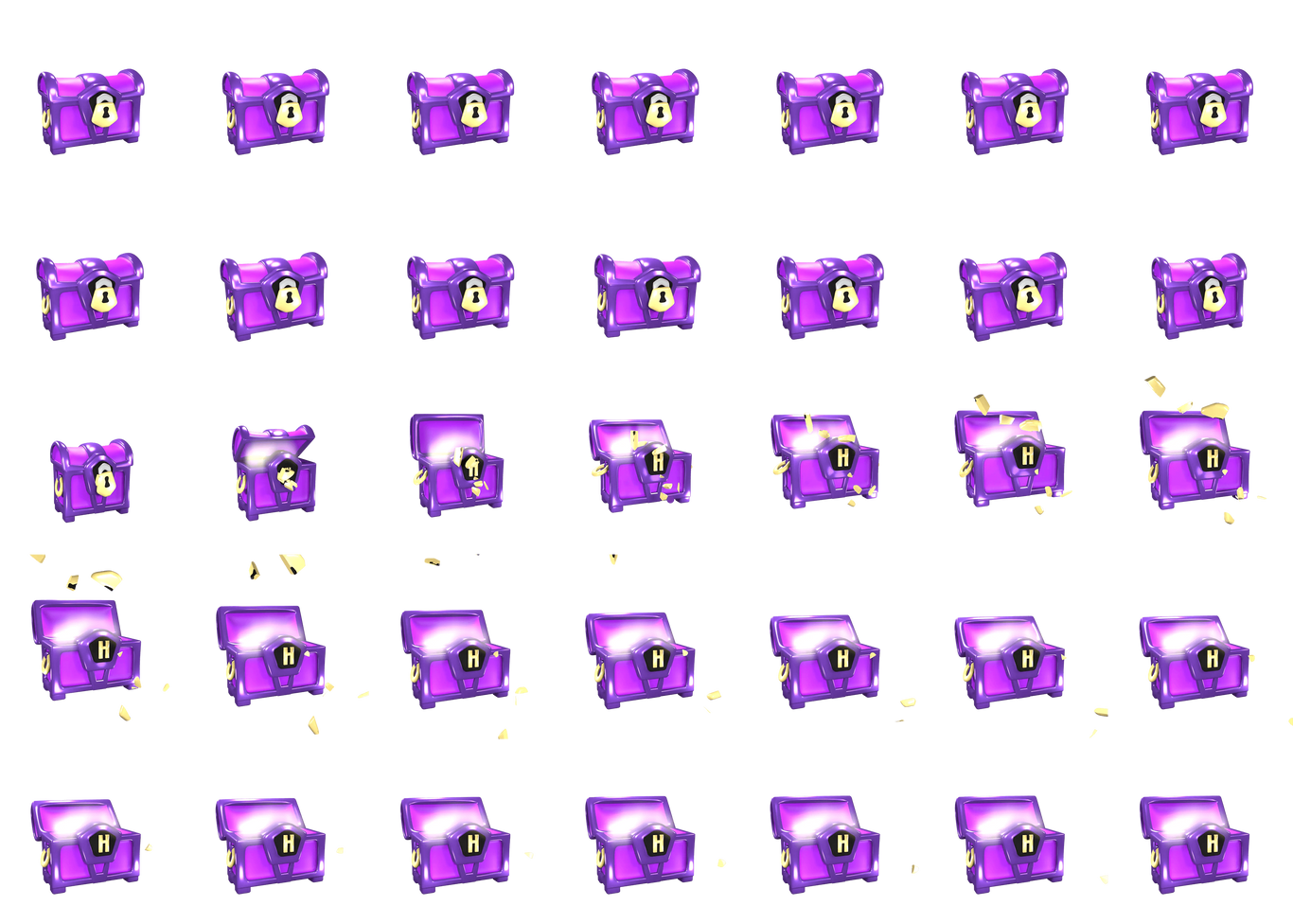Algebra
In the previous entry, you learned how to get rid of fractions that have constants, or numbers, in the denominator, with a variable such as in the numerator.
Now you’ll learn to get rid of fractions where the variable is in the denominator. The good news is that the steps are identical, except for the last one! The last step is to check for extraneous solutions, which are solutions that appeared throughout the process that are not valid.
To find the common denominator, you multiply all the denominators in the equation by each other.
Once you’ve figured all of this out, you’ll be a master of rational equations!
Rule
- 1.
- Find the common denominator.
- 2.
- Multiply all the terms by the common denominator and cross-cancel. You’ll notice below that I put parentheses around the numerators.
- 3.
- Think PEMDAS! First, solve the parentheses.
- 4.
- Move all the terms that only consists of numbers to one side of the equation. Remember to change the sign when you change sides.
- 5.
- Move all the terms with in them to the side of the equation that has no terms that only consists of numbers. Remember to change the sign when you change sides.
- 6.
- Combine and simplify the terms on both sides.
- 7.
- Multiply or divide on both sides by the number preventing from standing alone.
Think About This
I strongly recommend that you do many exercises on this. Once you’ve got the method in place in your mind, it’ll be hard to forget. In addition, if you can master this, you’ll have also mastered algebra and arithmetic with fractions. Yay for that!
Example 1
Solve the equation with respect to
You multiply all the terms by the common denominator, which is :
Simplify the terms:
Finally, you divide by the number in front of :
Example 2
Solve the equation
with respect to
You multiply by the common denominator,
:
Simplify:
Divide by the number in front of :
Example 3
Solve the equation
Factorize the denominators—if possible—to find the -values where the expression is not defined.
You see that the only factors in the denominators are and . Therefore
are the -values where the expression is not defined. You find the common denominator by multiplying the different factors together. Hence the common denominator is
You can now solve the equation:
That yields the solutions
Since is one of the values where the expression is not defined, the answer is .


